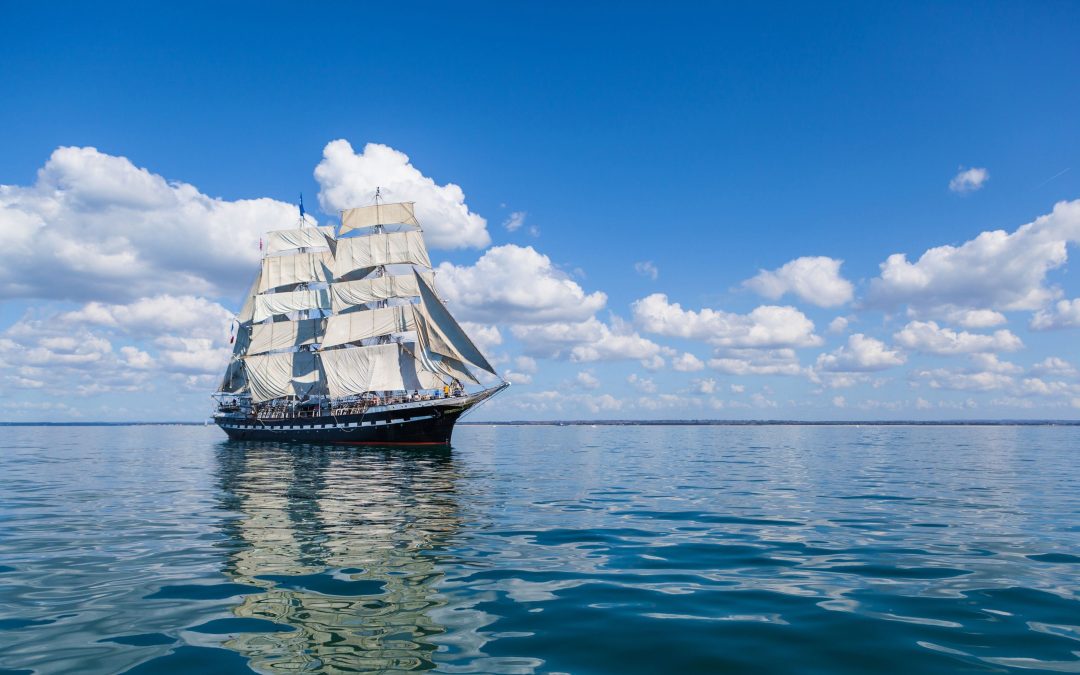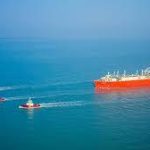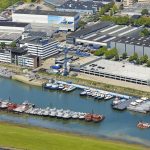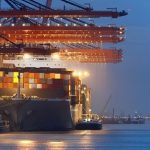Report with market evolution powered by AI – The global ballast water management market size is estimated to grow by USD 210.78 billion from 2024-2028, according to Technavio. The market is estimated to grow at a CAGR of almost 41.75% during the forecast period. Adverse impact of untreated ballast water on marine environment is driving market growth, with a trend towards increasing number of sea-borne trade However, high cost of ballast water management poses a challenge – Key market players include AB SKF, ALFA LAVAL, BioMicrobics Inc., BIO UV Group, Calgon Carbon Corp., Ecochlor Inc., Evoqua Water Technologies LLC, GEA Group AG, Headway Technology Group Qingdao Co. Ltd., Industrie De Nora Spa, JFE Holdings Inc., KURARAY Co. Ltd., Mitsubishi Heavy Industries Ltd., Optimarin AS, PANASIA Co. Ltd., Samsung Electronics Co. Ltd., TECHCROSS, Veolia Environnement SA, Wartsila Corp., and Xylem Inc..
Marine transport plays a crucial role in globalized trade and the manufacturing supply chain, with over 70% of the world’s merchandise trade by volume transported via sea. This volume has grown at a rate of approximately 10% over the last decade, driven by rising consumer demand in developing countries. The demand for maritime transport has been increasing for the past five years, leading to a significant rise in imports and exports worldwide. With the expanding possibilities for international trade, there is a growing need for ballast water management systems to ensure compliance with regulations and prevent the introduction of invasive species when cargo is loaded or unloaded, or when a ship requires additional stability. This trend is expected to drive the growth of the ballast water management market during the forecast period.
The Ballast Water Management Market is experiencing significant growth due to increasing eco-friendliness and strict regulations against the release of pollutants into ports and harbors. Vessel operators are investing in technologies like UV systems, Ultrasound cleaning systems, and Physical treatments to comply with laws and protect the marine ecosystem from toxic species. Purestream, FlowSafe, and BlueSonic BWMS are popular product offerings from companies like SKF and Hyde Marine. Ship owners are upgrading pump rooms on bulk carriers, merchant ships, and other fleet types to install these systems. Purestream’s UV systems, for instance, use advanced technology to disinfect ballast water effectively. Hapag Lloyd and other leading companies are implementing these strategies to meet financial obligations and maintain a good reputation. Production hubs in countries like the US, China, and Europe are driving the market forward.
Market Challenges
- The initial capital expenditure for implementing ballast water management systems varies, depending on whether existing pipework can be utilized or new air pipework must be installed. With the mandatory transition from ballast exchange to ballast treatment, capital expenditures will significantly increase due to the installation of treatment systems. Costs include shipping delays, higher capital and running costs, exchange costs, treatment costs, and enforcement costs. For instance, installing a ballast water management system on a very large crude carrier can cost up to USD25 per dwt. Operating expenditures primarily result from increased power demands for UV, electrolysis, or ozonation. Large ships face challenges in retrofitting, potentially requiring new generators. Ships using shaft generators in ports may need to operate additional auxiliary generators. Chemical dosing systems have low power requirements but increased chemical costs. Ballast water management leads to cleaner seas but increases carbon dioxide, nitrogen oxide, and sulfur oxide emissions, resulting in additional costs due to emissions regulations. Regular electrolyzer cleaning is necessary to prevent clogging, adding costs for cleaning chemicals and maintenance. High system costs may hinder market growth during the forecast period.
- The Ballast Water Management (BWM) market faces significant challenges in the shipping industry, particularly for cement carriers and other large vessels like tankers, cargo ships, and vessels with high gross tonnage. Safety, efficiency, and durability are key concerns for ship-owning economies and shipbuilding industries. Capacity and treatment technologies are essential to meet International Maritime Organization (IMO) regulations, which aim to prevent the spread of aquatic pathogens and alien species through ballast water. Safety procedures, ports and harbors, and cargo flow are also crucial elements in the BWM market. Mechanical, physical, and chemical processes are used for treating ballast water, with freshwater and saltwater options available. The market includes various devices, such as automotive components, electronic components, and containers, to ensure effective treatment. IMO regulations require ships to install BWM systems before entering ports, impacting trade volumes and ocean freight volumes. The Sagarmala venture in India is a significant initiative to enhance marine logistics and ecological balance. Physical disinfection techniques, such as UV light and heat, are commonly used, while chemical-free treatment methods are gaining popularity. The BWM market’s success relies on its ability to protect the marine environment, marine life, ecosystem, public health, and international trade while ensuring the efficient and safe operation of seaways.
The Ballast Water Management Market is driven by strict regulations aimed at mitigating the transfer of pollutants, toxic species, and aquatic pathogens from one marine ecosystem to another. Production hubs in key shipping nations are implementing these regulations, making ballast water management systems essential for ships, especially bulk carriers and ocean freight vessels. Physical disinfection technology, including UV systems and ultrasound cleaning systems, are popular techniques used to treat ballast water. Mechanical, physical, and chemical processes are employed to clean and disinfect both freshwater and saltwater. Vessel operators and ship owners are investing in these systems to maintain ecological balance and comply with laws, such as the Ballast Water Management Convention. Companies like Purestream, FlowSafe, SKF, and BlueSonic offer advanced BWMS solutions to meet these needs.
Market Research Overview
The Ballast Water Management (BWM) market is a critical segment of the maritime industry, driven by strict regulations aimed at mitigating the introduction of pollutants and toxic species into the marine ecosystem. Production hubs for ships, including bulk carriers, merchant ships, and cargo vessels, are major consumers of BWM systems. These ships transport various cargoes such as grains, coal, ore, steel coils, cement, automotive components, electronic components, containers, and tankers. The shipping industry’s capacity, safety, efficiency, and durability are crucial factors influencing the demand for BWM systems. BWM systems use physical, mechanical, and chemical processes to treat ballast water, ensuring compliance with International Maritime Organization (IMO) regulations. The market caters to a diverse range of fleet types, including ships carrying freshwater, saltwater, and bulk cargoes. The eco-friendliness and chemical-free treatment offered by BWM systems are essential for maintaining the ecological balance of marine life and public health in ports and harbors. Key players in the market include Purestream, UV systems, FlowSafe, and several vessel operators and ship owners. They offer various treatment technologies, including Ultrasound cleaning systems, SKF, BlueSonic BWMS, and Hapag Lloyd’s Hyde Marine. The market’s growth is influenced by factors such as trade volumes, IMO regulations, and the Sagarmala venture’s focus on marine logistics. The installation process of BWM systems is a critical consideration for ships, ensuring safety procedures are followed at ports and harbors.
Source: Technavio






